The Land Across the Jordan River – Part 1
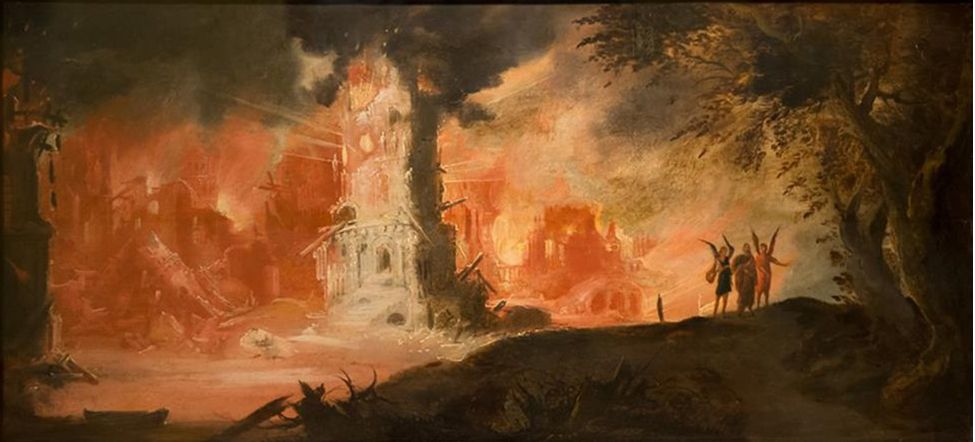
In their fascinating book, Discovering the City of Sodom, Drs. Steven Collins and Latayne C. Scott give a riveting account of their search for and excavation of the city the Bible calls Sodom. Most people, like we, have been told the remnants of that place are at the southwest end of the Dead Sea. When we visited Israel last year, our host took us to the very spot and pointed out the “sulfur balls” which were left as silent witnesses to what took place in the Middle Bronze Age, 3000 – 12 BC. Like many areas in Israel and Jordan, this now appears to be an incorrect location.
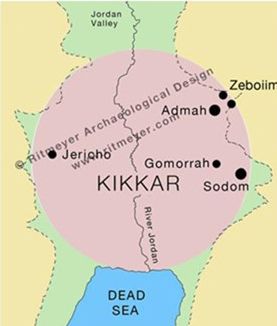
Dr. Collins, an archeologist, has been digging in the kikkar in the southern end of the Jordan Valley northeast of the Dead Sea directly east of Jerusalem. A kikkar is a flat, pancake-like area. This particular region would have been a “well-watered plain” as the Bible describes Lot’s choice when he and his Uncle Abraham separated their herdsmen and animals. At that time, Sodom was an extremely important city at the crossroads of commerce.
It is not my purpose to refute the traditional location at this time. It would take far too many words for a 1,700-word blog. If you are interested, I highly recommend the book. I believe you will be convinced of Dr. Collins’ theory. You can also find him on YouTube if you’re in a hurry with no time to read.
The lands today called Israel and Jordan have an ancient history. Sodom is just one of those landmarks. The whole world passed through here at one point.
Recall the story of how Lot’s sons, Moab (meaning: from the mother’s father) and Benammi or Ammon (meaning: son of my people, inbred), were born because his daughters thought the whole world had been destroyed in the conflagration of Sodom, Gomorrah, Admah, and Zeboiim. Given the circumstances, many folks might have thought the same thing. But the boys grew up with feelings of inferiority because they were products of incest. Even in those wicked times, incest was frowned upon. After the exodus from Egypt and throughout Israel’s history, Moab and Ammon were her fierce enemies even thought they were related.
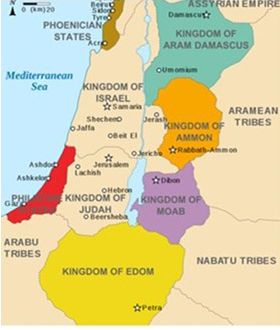
The Moabites and Ammonites settled on the east side of the Jordan River in today’s modern Hashemite Kingdom of Jordan. The last mention of an Ammonite was in Justin Martyr’s book, Dialogue with Trypho, in the second century AD, where it is affirmed that they were still a numerous people. Where they are today is unknown.
Yehovah didn’t have a high opinion of the half-brothers when He said:
“No Ammonite or Moabite may enter the assembly of the LORD. Even to the tenth generation, none of them may enter the assembly of the LORD forever, because they did not meet you with bread and with water on the way, when you came out of Egypt, and because they hired against you Balaam the son of Beor from Pethor of Mesopotamia, to curse you.” Deuteronomy 23:3-4 ESV
Many times the Ammonites and Moabites fought against Israel and joined with others to take them out. Jeremiah, Ezekiel and Zephaniah have all pronounced destruction on them in the end of days. So they must still be around somewhere.
Today the ancient capital of Ammon is known as Amman, Jordan.
Esau (Edom) was also a man who produced a nation living near the Jordan Valley. As you recall from the biblical story, Jacob manipulated both the birthright and the blessing away from his firstborn brother. The result was his fleeing to Haran to escape his brother’s wrath.
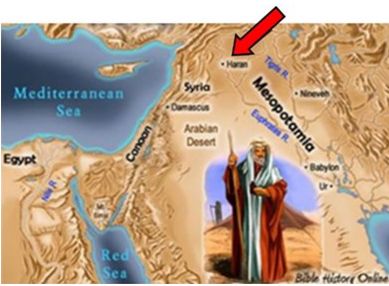
Esau went the other direction to the southern end of modern-day Jordan. He was enraged because he was tricked out of his birthright and firstborn status. Even though they apparently reconciled after twenty years when Jacob returned with his wives and children, they did not live near each other again. Later generations of Edom’s descendants were Israel’s neighbors and in the future, Psalm 83:3-8 predicts Edom, Moab, Ammon and other countries will come against Israel with dire results.
“They lay crafty plans against your people; they consult together against your treasured ones.
They say, ‘Come, let us wipe them out as a nation; let the name of Israel be remembered no more!’”
“For they conspire with one accord; against you they make a covenant—the tents of Edom and the Ishmaelites, Moab and the Hagrites, Gebal and Ammon and Amalek, Philistia with the inhabitants of Tyre; Asshur also has joined them; they are the strong arm of the children of Lot. Selah.” Psalm 83:3-8 ESV
Verses 13 through 18 tell of their end:
“O my God, make them like whirling dust, like chaff before the wind.
As fire consumes the forest, as the flame sets the mountains ablaze, so may you pursue them with your tempest and terrify them with your hurricane!
Fill their faces with shame, that they may seek your name, O LORD.
Let them be put to shame and dismayed forever; let them perish in disgrace, that they may know that you alone, whose name is Yehovah, are the Most High over all the earth.” Psalm 83:13-18 ESV
“The pride of your heart has deceived you [Edom], you who live in the clefts of the rock, in your lofty dwelling, who say in your heart, “Who will bring me down to the ground?”
Though you soar aloft like the eagle, though your nest is set among the stars, from there I will bring you down, declares the LORD.
How Esau has been pillaged, his treasures sought out!
All your allies have driven you to your border; those at peace with you have deceived you; they have prevailed against you; those who eat your bread have set a trap beneath you— you have no understanding.
Will I not on that day, declares the LORD, destroy the wise men out of Edom, and understanding out of Mount Esau?” Obadiah 1:3-4, 6-8 ESV
But there is good news:
“But in Mount Zion there shall be those who escape, and it shall be holy, and the house of Jacob shall possess their own possessions.
The house of Jacob (Jews) shall be a fire, and the house of Joseph (The ten northern tribes) a flame, and the house of Esau stubble; they shall burn them and consume them, and there shall be no survivor for the house of Esau, for Yehovah has spoken.” Obadiah 1:17-18 ESV
Moses and his troops destroyed King Og of Bashan—one of the last of the Rephaim giants—along with Sichon, both Amorite conquerors of Moab. He gave their land to Reuben, Gad, and part of Manasseh because they needed grazing pastures for their animals. We have seen some of these lands, and they are not lush green grass. The animals have to work hard, from mouthful to mouthful, to get their sustenance. It was from this location that Joshua and the Israelite warriors were poised to enter the land from the mountains to the east, high above the Jordan valley.
By New Testament times, the Greeks and Romans had moved into that area. It is where the Decapolis (Ten Cities) was located which was mentioned during Yeshua’s ministry. Nabataean wealth awoke the envy and greed of their neighbors, especially the Greek Seleucids.
The Nabateans—whose great accomplishments were the edifices of Petra further south and its water system—occupied an area between Arabia and Syria and from the Euphrates to the Red Sea. They had no securely-defined boundaries in the surrounding desert. According to the Jewish-Roman writer Josephus, they descended from the biblical figure of Nebaioth, the son of Ishmael. It is believed they originated in Arabia, arriving in Petra as nomadic merchants around the fourth century BC, drawn by the abundance of fresh water.
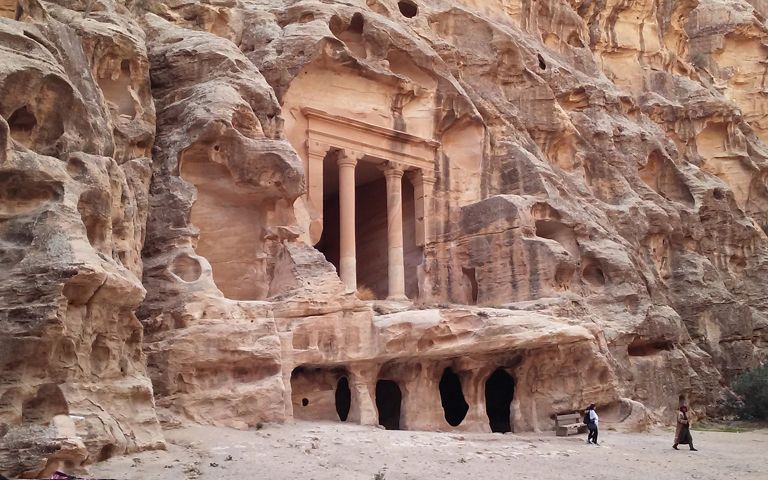
Petra was built fairly rapidly during the first century BC and evidently had a population between 20,000 and 30,000. It was a wealthy city on the trade route crossroads, which captured the interest of the Romans. Trajan conquered them in 106 AD, annexing them to the Roman Empire and renaming them Arabia Petraea. The kingdom was a barricade between Rome and the wild hordes of the desert. After the Roman conquest and the shifting of trade routes, the city declined in importance until it was abandoned. Later during the Byzantine Era, the Nabataeans were converted to Christianity.
After the fifth century, they became more docile and tame. Arab invaders discovered the former warlike kingdom had transformed into peasants. Their lands, whose trade-dominance had vanished, were divided among kingdoms and vassals of Arab tribes. Muslim clans took over this land in the 7th century, followed by the Crusaders in the early 12th century, and finally the Ottoman Empire in the 16th century.
In local tradition, the Exodus passage—where Moses struck the rock with his staff, bringing forth water—happened at Petra …
And Petra lay hidden and unnoticed by the world until Swiss explorer Johann Ludwig Burckhardt rediscovered it in 1812. It is now the number one attraction in Jordan and has been declared one of the “New Seven Wonders of the Modern World” and a UNESCO World Heritage Site.
It was not until the Great Arab Revolt beginning in June 1916, that the Turkish Ottomans were routed.
In local tradition, the Exodus passage—where Moses struck the rock with his staff, bringing forth water—happened at Petra, and the narrow wadi known as the Siq, which leads through the entrance of Petra, was formed by the torrent of water released at that time.
In a few weeks, I will elaborate more on Petra. This was a short introduction.
Next week, we will learn how the modern Hashemite Kingdom of Jordan came to be in the twentieth century. It is a young country born out of political intrigue and colonial manipulation.
Anita
